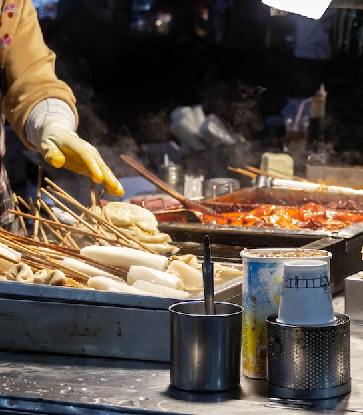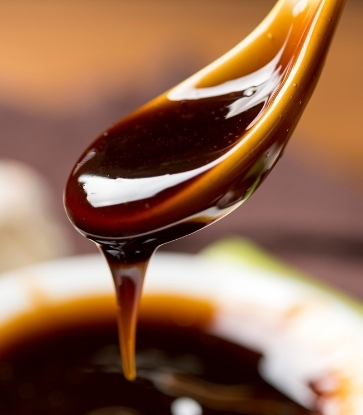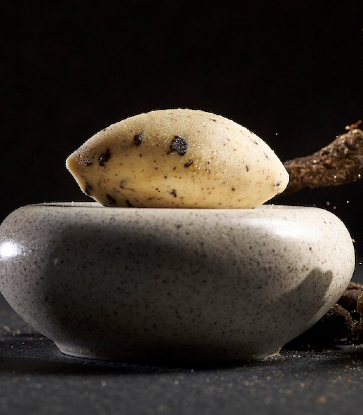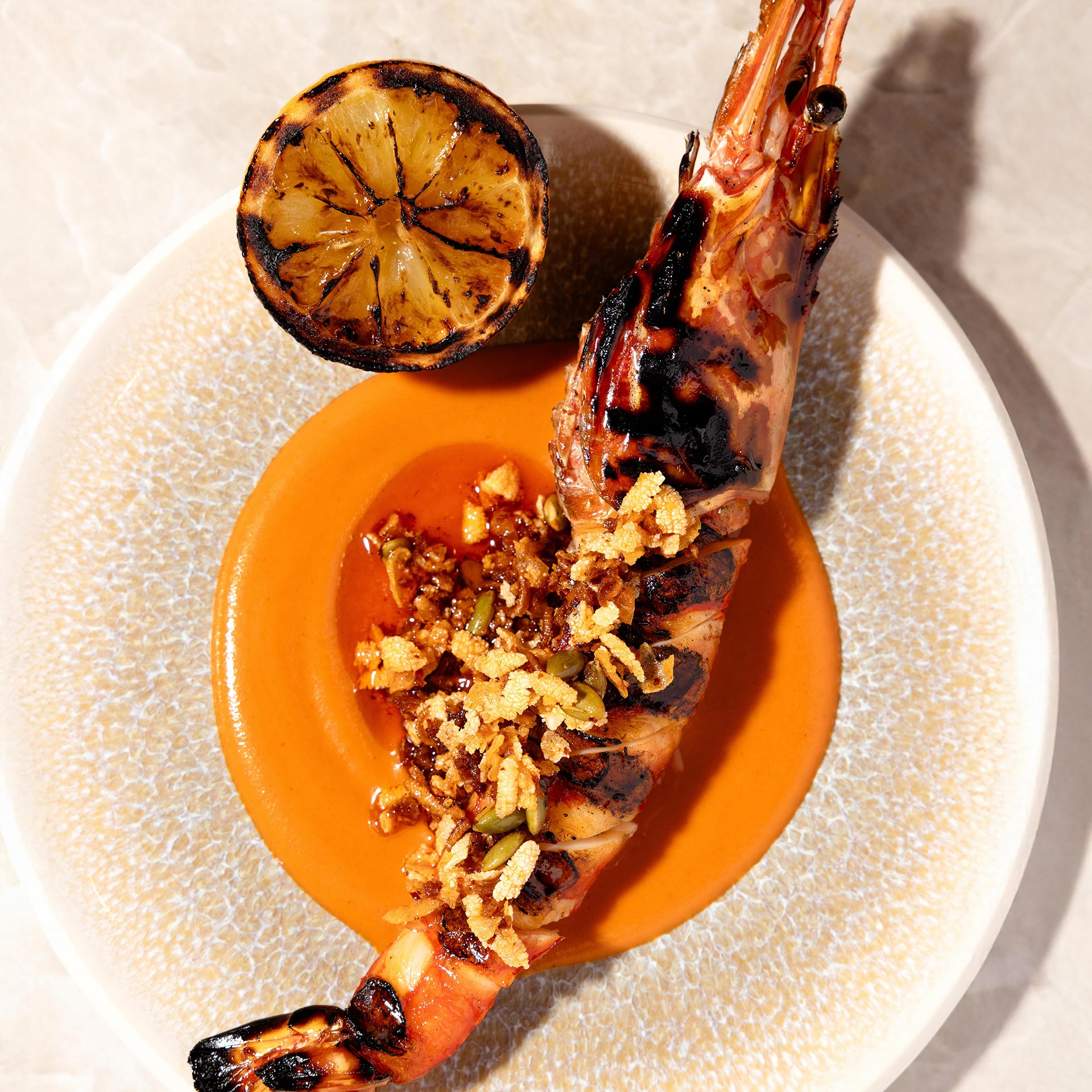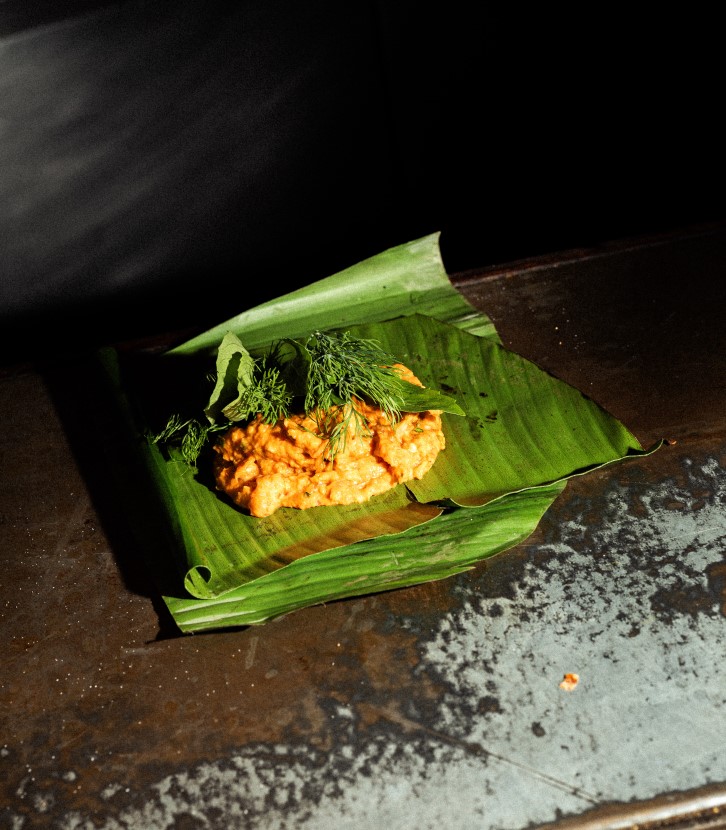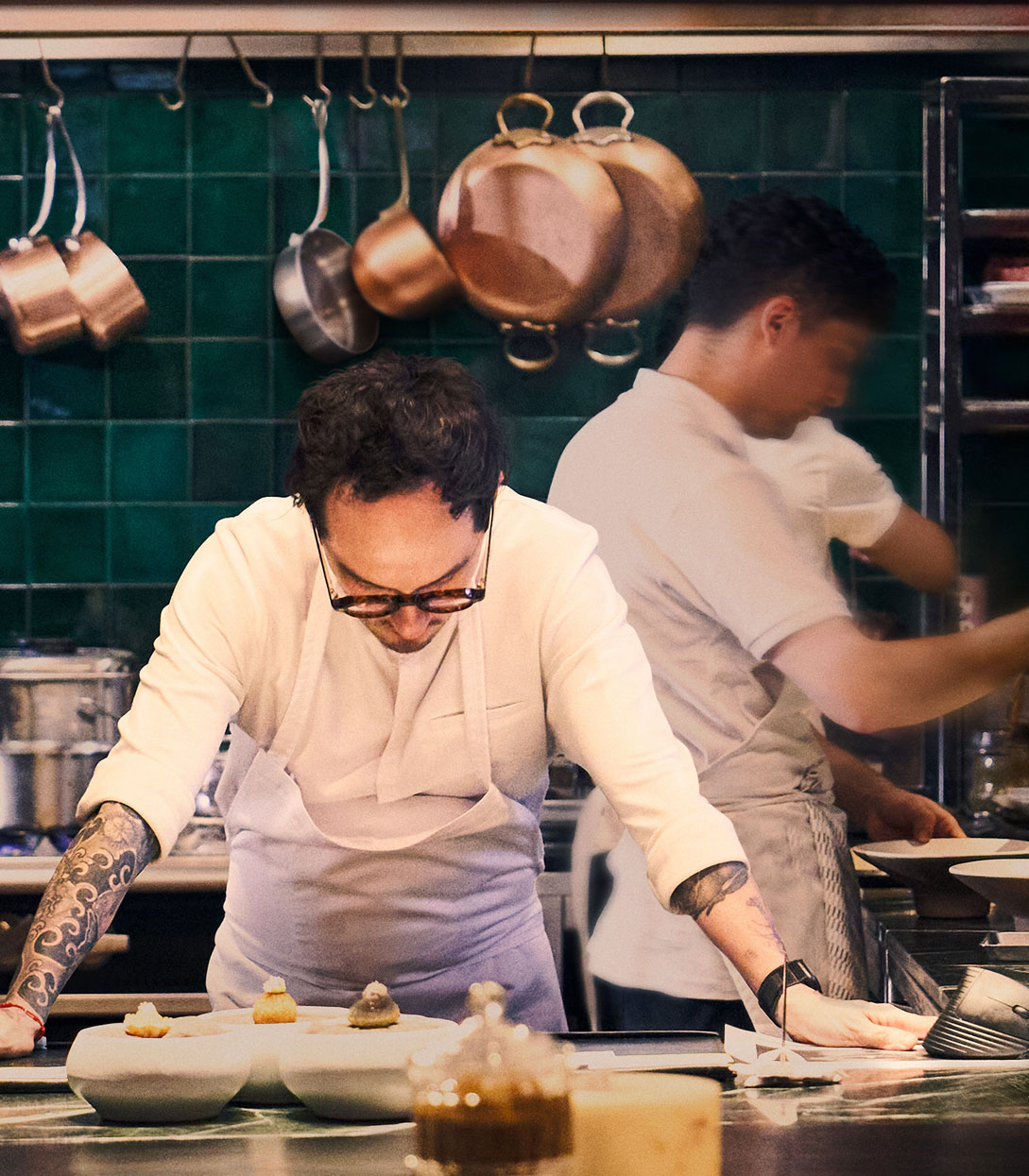How true is it, then, that certain foods really do taste better when left to rest for an extended length of time? As science would have it, the idea of food rest is certainly no old wife's tale.
Spice and all things nice
To be sure, food rest isn't always needed. But there are certain dishes that you might want to stay put in your seat and give up the second helpings, so there's enough left over to savour the next day.

Ever wondered why dishes such as stews and casseroles that don't rely heavily on spices also taste as good the day after? It comes down to the types of cuts used in these stews.
Often, cheaper cuts of meat such as brisket or tendons are left to simmer in pots of bubbling gravy and slow-cooked for hours to break down their chewy texture. Once cooled, or left in the fridge overnight, the collagen in these cuts breaks down into a gelatinous consistency that absorbs all the flavours of the gravy and infusing it into the meat. And while spices might be king of the food rest game, an exception to the rule is chilli, best eaten fresh. Over time, the heat dulls and tapers off, leaving behind a mere shadow of its former self.

Even grilled steaks benefit from food rest, though the temptation to sink your teeth into fresh meat is hard to resist. Celebrity chef Gordon Ramsay himself is a big believer in letting a seared steak cool for a good few minutes before slicing it open and revealing tender pink slices of meat.
Over at Moosehead, all meats that come off the restaurant's Inka grill are left to rest for at least the same amount of time that they are cooked.

The meat thus needs to be rested to relax the fibres and keep the juices locked in. Slicing the meat too quickly will let all the juices seep out, leaving a tough piece of steak. Smith also notes that food rest depends on the cuts and types of meat used as well.




